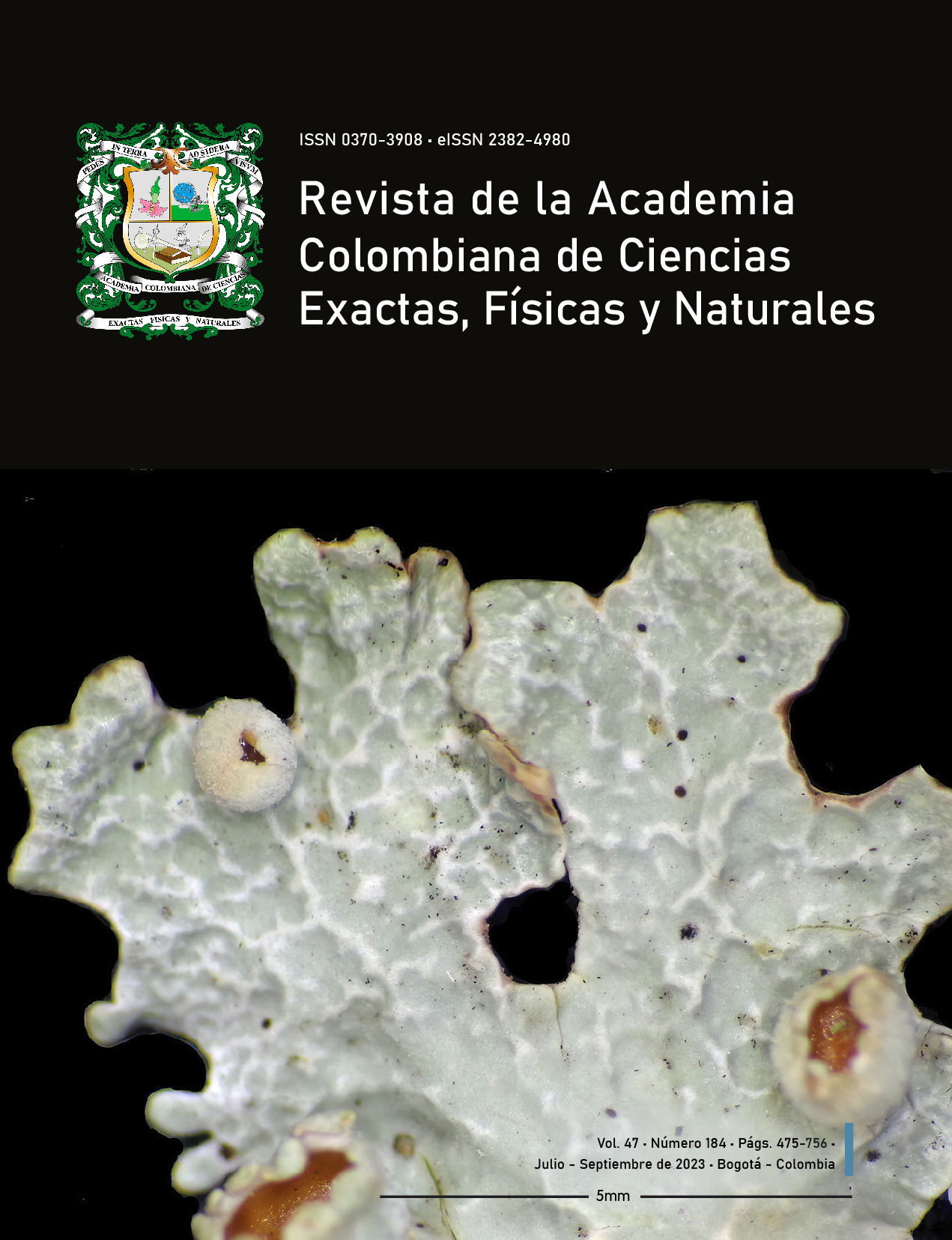References
Breiman, L. (2001). Random Forests. Machine Learning, 45, 5-32. https://doi.org/10.1023/A:1010933404324
Garbino, G. S. T., Gregorin, R., Lima, I. P., Loureiro, L., Moras, L., Moratelli, R., Nogueira, M. R., Pavan, A. C., Tavares, V. C., Nascimento, M. C., Novaes, R. L. M., Peracchi
A.L. (2022). Updated checklist of Brazilian bats: versão 2020. Comitê da Lista de Morcegos do Brasil—CLMB. Sociedade Brasileira para o Estudo de Quirópteros (Sbeq). https://www.sbeq.net/lista-de-especies
González-Astudillo, V., Ramírez-Chaves, H. E., Henning, J., Gillespie, T.R. (2016). Current knowledge of studies of pathogens in Colombian mammals. MANTER: Journal of Parasite Biodiversity. Occasional Papers, 4, 1-3.
Mammal Diversity Database. (2023). Mammal Diversity Database (Version 1.11) [Data set]. Zenodo. https://doi.org/10.5281/zenodo.7830771
McNeill, R., Martell, A., Smith, G. (2023). How Reuters identified bat-virus risk zones. https://www.reuters.com/investigates/special-report/global-pandemic-bats-methodology/
Pandit, P. S., Anthony, S. J., Goldstein, T., Olival, K. J., Doyle, M. M., Gardner, N. R., Bird, B., Smith, W., Wolking, D., Gilardi, K., Monagin, C., Kelly, T., Uhart, M. M., Epstein, J. H., Machalaba, C., Rostal, M. K., Dawson, P., Hagan, E., Sullivan, A., Li, H., …, Johnson, C. K. (2022). Predicting the potential for zoonotic transmission and host associations for novel viruses. Communications Biology 5, 844. https://doi.org/10.1038/s42003-022-03797-9
Sabino-Santos, G. Jr., Maia, F. G. M., Martins, R. B., Gagliardi, T. B., Souza, W. M., Muylaert, R. L., Luna, L. K. S., Melo, D. M., Cardoso, R. S., Barbosa, N. D. S., Pontelli, M. C., Mamani-Zapana, P. R., Vieira, T. M., Melo, N. M., Jonsson, C. B., Goodin, D., Salazar- Bravo, J., daSilva, L. L. P., Arruda, E., Figueiredo, L. T. M. (2018). Natural infection of Neotropical bats with hantavirus in Brazil. Scientific Reports 8(1), 9018. https://doi.org/10.1038/s41598-018-27442-w
Sabino-Santos, G. Jr., Maia, F. G. M., Vieira, T. M., de Lara Muylaert, R., Lima, S. M., Gonçalves, C. B., Barroso, P. D., Melo, M. N., Jonsson, C. B., Goodinm D., Salazar- Bravo, J., Figueiredo, L. T. M. (2015). Evidence of hantavirus infection among bats in Brazil. American Journal of Tropical Medicine and Hygiene 93(2), 404–406. https://doi.org/10.4269%2Fajtmh.15-0032
Wallau, G. L., Barbier, E., Tomazatos, A., Schmidt-Chanasit, J., Bernard, E. (2023). The virome of bats inhabiting Brazilian Biomes: knowledge gaps and biases towards zoonotic viruses. Microbiology Spectrum, 11(1), e0407722. https://doi.org/10.1128/spectrum.04077-22
Wang, L. F. & Anderson, D.E. (2019). Viruses in bats and potential spillover to animals and humans. Current Opinion in Virology, 34, 79-89. https://doi.org/10.1016/j.coviro.2018.12.007

This work is licensed under a Creative Commons Attribution-NonCommercial-NoDerivatives 4.0 International License.
Copyright (c) 2023 Revista de la Academia Colombiana de Ciencias Exactas, Físicas y Naturales





